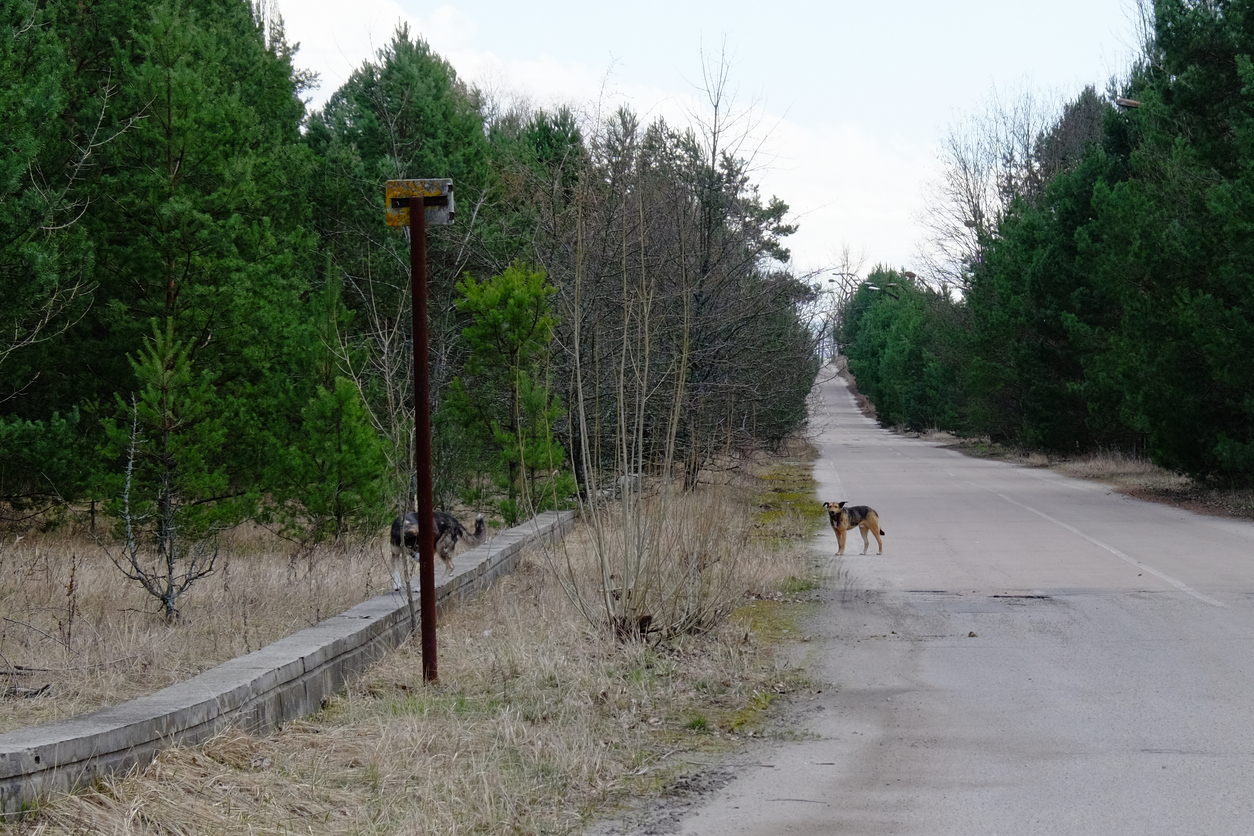Crops in the vicinity of Chernobyl are carrying dangerous radioactive isotopes. Those are the findings of a new study into the area around the notorious power plant, which suffered a tragic explosion in 1986.
A team made up of scientists from the University of Exeter and the Ukrainian Institute of Agricultural Radiology found material containing Strontium 90 and Caesium 137 in the settlement of Ivankiv.
Wheat and other grains, together with firewood and ash, were contaminated “far above recommended levels”, according to the Times.
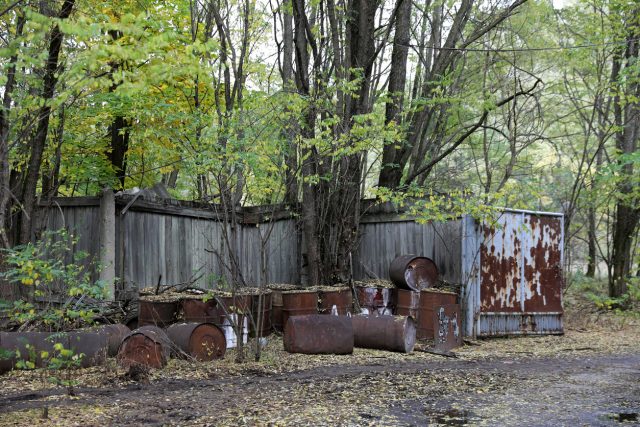
The group analyzed samples from 13 areas in Ivankiv between 2011 and 2019. Ukrainian authorities reportedly haven’t tested for isotopes since 2013. The experts are asking them to reconsider in light of their findings, published in the journal Environment International.
An especially worrying detail is where Ivankiv is situated, some 30 miles from the Chernobyl plant. A long-standing exclusion zone already exists of the same radius. This latest development shows how the tragedy still resonates decades later.
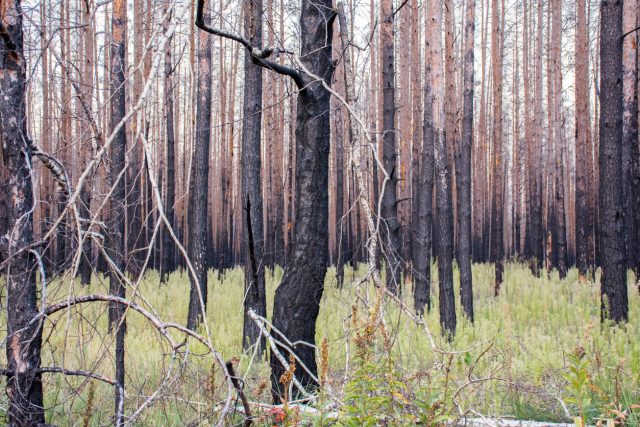
The fallout spread further than 30 miles of course. Radioactive traces have previously been detected as far as 200 miles from the site. In the Rivne region, meat and dairy products were affected.
Strontium 90 happens as a result of nuclear fission. While it’s used in both industry and medicine, it isn’t what people want to see in their food supply. It has a reported half life of almost 3 decades. It also causes cancers.
Quoted by the Mail, Dr Iryna Labunska of Greenpeace Research Laboratories (based in Exeter) explained why the study concentrated on Strontium 90.
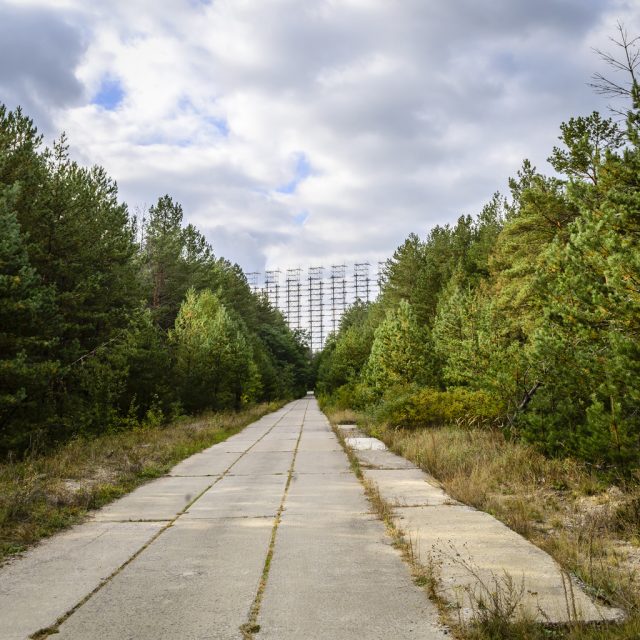
She says “it is known to be currently present in soil mostly in bioavailable form, meaning it can be taken up by plants”. Meanwhile Caesium 137 is composed of salts, making it easy to work its way into natural landscapes via water sources.
Overall, approx half the grain studied in Ivankiv was contaminated, with three-quarters of pine wood also carrying health-threatening isotopes.
34 years ago, the world experienced its worst nuclear accident. A reactor at the Chernobyl power plant, located outside of Pripyat city (North Ukraine, now abandoned), experienced a devastating chain reaction following a safety test. The reactor exploded and a combination of steam and a core fire released nuclear material into the air across Soviet Ukraine.
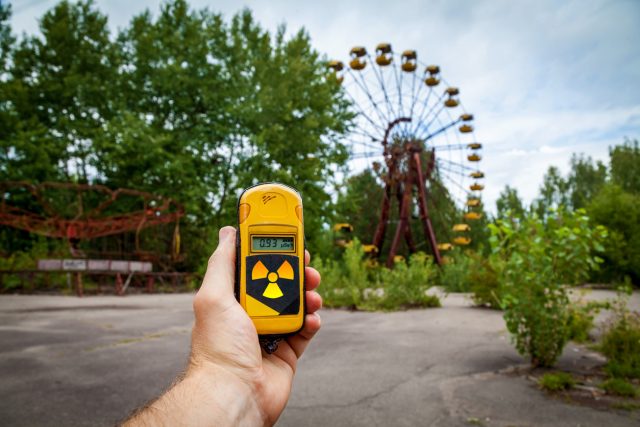
31 people are believed to have perished as a direct result, with millions more affected. The impact of Chernobyl was felt across the planet, with those as far afield as Great Britain exposed to contaminated rain.
The disaster was brought back into the spotlight last year, via HBO miniseries ‘Chernobyl’. Institutional failings by the Soviets were depicted onscreen and the production won numerous awards. Russian Communists were amongst those who objected to the portrayal – channel NTV are reportedly making their own drama based on the event.
A driving force behind this recently-uncovered pollution could be the use of pine. Live Science refers “lingering radiation in the wood” which leads to a self-perpetuating cycle. The material is not only thrown on the fire. Ashes are also put on the ground as fertilizer. So the hazardous element is constantly being applied to the environment.
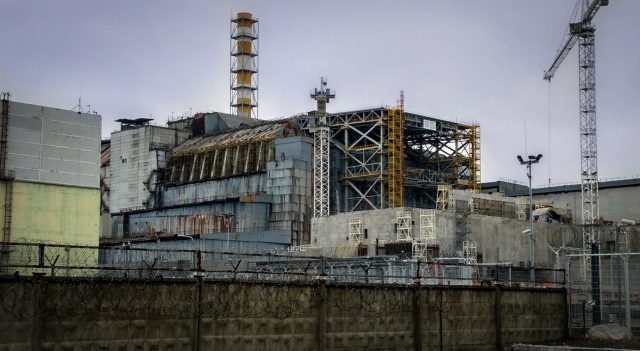
Quoted in a statement from the University of Exeter, Prof Valery Kashparov says that “further research is urgently needed to assess the effects of the Ivankiv TPP (Thermal Power Plant) on the environment and local residents, which still remain mostly unknown.”
In the meantime the group have made several recommendations as to how contamination can be stopped. These include the reinstatement of monitoring programmes and public information warning people about using the ash as fertilizer.
They also suggest the use of liming on the land to tackle radiation levels. This is where magnesium-heavy elements such as lime and chalk are mixed in the soil, reportedly stimulating bacteria. Organic fertilizers can also play a part in the process.
Another Article From Us: The Ancient Ghost City Of Ani “the city of a thousand and one churches.”
While the damage of the past can never be fully undone, it is possible to take action to protect lives and understand the consequences of that terrible time. With environmental catastrophe and pandemic stress looming large in people’s minds, acting swiftly to address issues is ever more crucial…wed.
